Today, SevenPonds spoke with Sarah Treanor, a fine art photographer and writer, based in Ohio. Her recent body of work, Still, Life, consists of self-portraits that explore her grieving process following the sudden death of her fiancé in 2012.
Juniper: How does photography help you cope with loss?
Sarah: Photography was initially a positive escape from my grief, but eventually I wanted something more from it. I’d read countless books on grief, and memoirs by widows, but I hadn’t seen what grief looked like. Not the way I wanted to. I wanted to be able to see images that looked like how my heart felt inside, so I decided to start making them. By creating these images, I found a way to explore and express my own emotions more deeply.
Juniper: Does the self-reflexivity of your photographs help you stand at a distance from your story, and see it more clearly?
Sarah: Absolutely. Like with any creative expression of our emotions, it gives the creator a more objective viewpoint of themselves. Through these photographs, I found I was able to see myself going through my grief in a way that I hadn’t before, which helped me to learn more from the pain.
Juniper: Of the image “Balance,” you write, “to receive love, to create connections, we must be willing to put our hearts out into the open and risk them being ripped apart.” That requires a lot of vulnerability and inner strength. Is this part of your creative process – showing images of your grief, which for better or worse is largely a private and personal thing in North America?
Sarah: It wasn’t always part of my process to be so open. Before my fiancé’s death, I was not a particularly open person. It was his loss that changed that. I have said often that the thing about being broken by a traumatic loss is that it also breaks down all your walls. You have no choice for a while but to be vulnerable, and over time, you get to choose whether you’ll rebuild those walls or not. I decided not to. I decided I liked being openhearted and sharing my world, because it meant others shared theirs with me too. It’s allowed me to heal so much to let other people into my grief.
Juniper: In your interview with Lucy Lambriex for Innerspacecraft, you explain how your blog posts that accompany your images helped you understand how your aesthetic choices corresponded to your grieving process. How important is it to you that the words you wrote in response to your images are always presented with them? Is the writing more of a personal process or an integral aesthetic element of the photographs?
Sarah: Originally, the writing was more of a personal process for me. I’d heard of the idea of layering writing with other art forms to dig deeper into the meaning of the work, and decided to give this a try. Over time, though, the writing has seemed to hold just as much value for my audience as the images themselves, so I’d venture to say that they now hold equal importance in different ways. I suppose it depends on the format, really. In a gallery, I would have mostly images with excerpts from the writing. There are plans for all the writing to be included in a book of the full series, too.
Juniper: Your recent blog post discussing your photograph entitled “The Promise” reveals that you are moving into a new phase of your life – literally moving from one city to another to be with a new partner and reassessing what “home” means to you. Is the “promise” in this image one of remembrance? Can you speak to the guilt that many people feel in the process of re-engaging with life and love after loss?
Sarah: Yes, “The Promise” is about my own need to say a proper goodbye to the life I’ve known these years since [my fiancé] died, and to the life that he and I will never get to have. It is about honoring not only him, but also those who have supported me in these most difficult years – a promise to always remember it all, and the person it has made me. This was especially important to me in order to move forward. I believe that we have to spend a proper amount of time saying goodbye to one life before we can truly move into the next. Goodbye doesn’t mean we don’t take them with us on the new journeys ahead. It doesn’t mean we stop missing them or honoring them. It just means we are deciding to live fully again, and allow our relationship with them to shift a bit so we can let the new in.
In reference to guilt, I think having proper time to honor our emotions and say goodbye to our old life does help. I spent three years doing so daily. For some, that may only be six months; for others, it may be 10 years. It’s important to spend that time as you need in order to be able to move forward fully and without guilt.
Juniper: Do you have any recommendations for people who are currently journeying with grief?
Sarah: Tell your story in as many ways as possible…writing, talking, art, whatever works for you. Reach out for support, even when you don’t feel like it. Reach out to support someone else going through a similar loss, especially when you don’t feel like it. Try something new; surprising yourself is good during times of grief. Make positive anticipation your ally. I tried to have something exciting planned out about every three months, so that there was always something to look forward to even on the worst days. It doesn’t fix anything, but it helps to remind you that you’re still alive.
Keep only the most loving, supportive and kind people in your world. The ones who know how to crawl down inside your pain and sit with you in it. You are fragile when going through grief, so while it’s important to keep your heart open, also remember to protect it from anyone who doesn’t support your healing. And make sure at least a few of those [people] keep you laughing through the darkness.
Juniper: The natural world is featured prominently in your work, and seems to have its own personality that you relate with in a very embodied way. Did this relationship evolve out of your grieving process?
Sarah: I would certainly say that grief has played an integral part in my connection to nature. The natural world has a way of grounding and calming me — particularly places that remind me of the people I’ve lost. The majority of this series was photographed on my late fiancé’s family ranch in central Texas, and some were shot on the beaches of my hometown in South Texas. So the places themselves were some of the most significant in my personal world. They embody parts of my life and my past that run very deep.
Through shooting the self portraits out in these natural spaces, there started to be a kind of partnership between myself and the environment, like we had equal roles to play. It also felt like connecting back to my own soul and to those who have died before me. So this tie to nature for me is a very spiritual kind of thing. When I shoot, I must feel connected to the earth around me, otherwise that connection will not translate in the image.
Juniper: Several of your images depict hands, often with palms exposed in a gesture of offering or surrender, and often covered with mud or other debris. A short series includes hands covered in calf blood. What is resonant for you about how hands express emotion?
Sarah: I became totally fascinated with hands during various times in the series. They are such a powerful and recognizable symbol of our humanity. They mirror back to us our fears and insecurities, our hopes and dreams. They are complex yet simple, strong yet fragile. A small change in the angle or position of just one finger, for example, can completely alter the tone, meaning and feeling of the story you are telling when photographing hands. It’s details like that which draw me in.
I never set out to do a sub-series of hands, nor did I ever intentionally capture them with palms exposed as you mentioned. Most of that came when in front of the camera, doing things unconsciously under the lens and searching for a particular feeling that I connected to. Sometimes it was anguish and sadness, other times it was hope, human connection or surrender. Most of the meaning though, I wouldn’t figure out until after I’d shot them and began writing about them. The bloody ones, for example, were really just experiments after I had shot the image; “Balance,” holding the calf heart with the strings through it. I just kept shooting and playing around, and began to be mesmerized by the images. It was all very intuitive.
Juniper: Your work portrays a raw and honest journey through grief in stunning greyscale, yet the very first self portrait on your blog – taken just months after your fiancé’s death – is in color. What shifted your aesthetic away from color, and do you foresee a shift back?
Sarah: Okay, this is a funny one. There was no big symbolic reason for this – like grief removing the color from your life. I had teal hair at the time! I’d dyed the bottom half of it a few months before. Once I started shooting the images, I felt like it was distracting to the main content. I wanted to keep the teal, and also keep doing the photographs, and so they became black and white! Looking back now, it probably was also a bit of an unconscious decision based on how grief feels — but the initial prompt was just a funky hair color.
I have always shot a mix of black and white and color work. Really most of my photographs do lend themselves better to black and white because I tend to go for high contrast and simple, bold compositions. I love the timeless nature of it. But I don’t lock myself in to it. If I feel like changing over to color, then I do. I certainly think with the new move from Texas to Ohio — especially since seeing all the amazing fall colors these first few weeks here — that color is definitely going to be re-entering my work going forward.
Juniper: Still, Life began as a series of self-portraits, but this concept has recently expanded to include another special person in your life, as depicted in “The Dance.” Do you have plans to continue an exploration around this theme, including other people in your images?
Sarah: I do. In fact, shooting “The Dance” with my new partner, who is also widowed, sparked an idea for a whole new series. We shot a few images of just his hands that day after doing our hands together. He has a memorial tattoo to his wife on his forearm, and that is where it began. This new project focuses on telling the stories of others who have lost someone, using only their hands and arms to tell the story. The backgrounds and any items they hold or wear will tell the viewer other important parts of their story. It will be a memorial project for the people I photograph, and for the people who see the finished work, it will be a glimpse into a private world of grief.
Juniper: You have plans to publish a book based on images and text from the Still, Life project. Can you give us some more details for readers who may be interested in more deeply engaging with your work?
Sarah: The book is in the very early stages right now. I am editing all of the blog content into new essays that will flow beautifully and cohesively within a book format. The wonderful thing about this is that anyone who has followed the blog entries will get some new content in the book.
I’m also considering including some process shots and explanation of process, as well as some of the photographs that I really love that I decided for one reason or another didn’t quite make the final cut. I’m still considering options of going with a publishing house or self publishing. This end of things is all new to me, so I do welcome any and all advice! For now though, my Facebook page is the best way for folks to keep up with my newest work, news, interviews and any updates on the book.
Juniper: You have very recently moved to a new city, and with that comes a new community and opportunities to explore new directions both personally and professionally. Do you have any plans to expand the healing scope of your work to include guiding others through a creative healing process? Have you considered art therapy as a possibility for a future career?
Sarah: I’ve had a very strong feeling since deciding on this move to Ohio that there will be some major opportunities here to stretch myself both professionally and personally. I don’t know what’s ahead yet. I like to listen more than plan, but I feel that it may be expanding in the direction of helping others more directly.
Creativity has truly saved me and helped me transform my grief in incredible ways. Now that I am coming to a more healed place with my own journey, it seems a fitting time to help others learn how to use creativity to cope with life’s struggles. That being said, I am now open for private one-on-one guidance sessions with anyone who is interested in integrating creativity into their healing process and would like a bit of help and support along the way.
It’s funny you ask about art therapy. I was very interested in going to college to study this, but they didn’t have degrees in art therapy back then. So, I went into design instead, and it went by the wayside. It’s something that’s never left me though. It seems to repeatedly come back up in my world (as it is now, with this question!), so I wouldn’t be surprised if that ends up being a path I take in some form going ahead.
Juniper: Thank you, Sarah, for a wonderful interview. Best of luck with your current and future plans!
Sarah: Thank you!

 How Does Grief Affect the Creative Process? An Interview with Photographer Sarah Treanor
How Does Grief Affect the Creative Process? An Interview with Photographer Sarah Treanor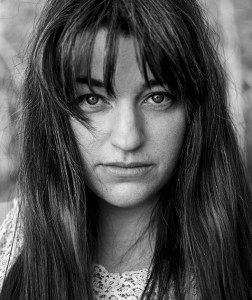
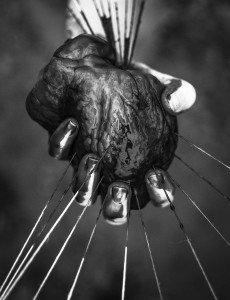
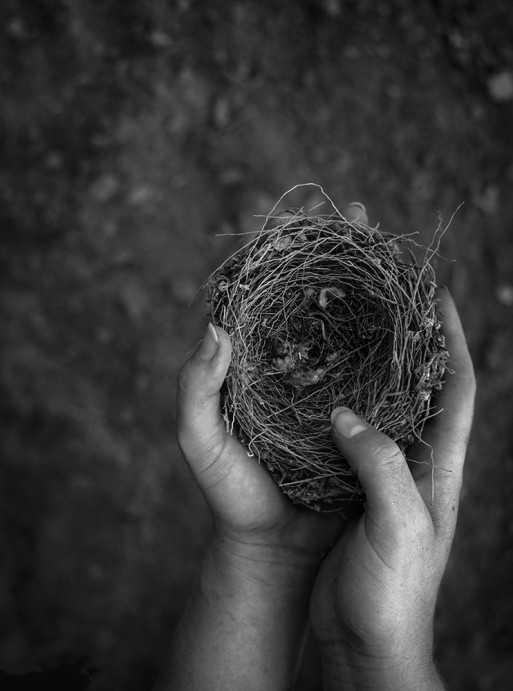
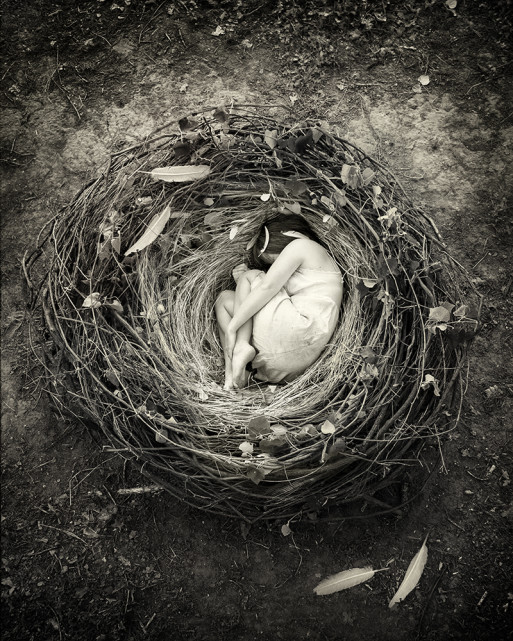
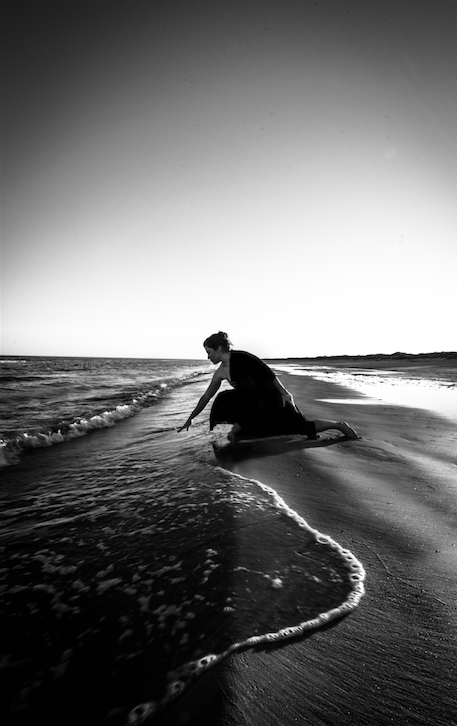
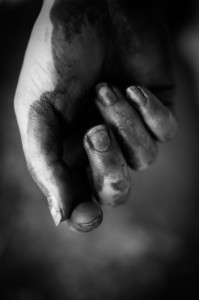
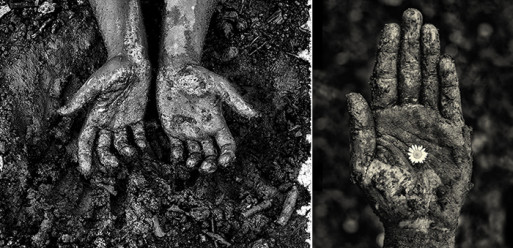
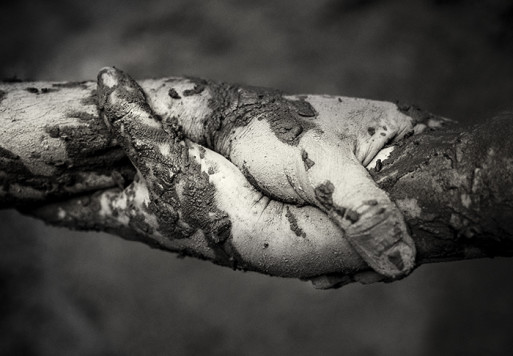
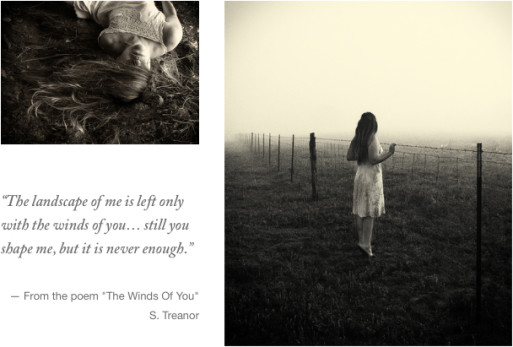




 “Help Me, Helen”
“Help Me, Helen”
 Recovering Cremation Remains After the Los Angeles Fires
Recovering Cremation Remains After the Los Angeles Fires
 “As Tears Go By” by Marianne Faithfull
“As Tears Go By” by Marianne Faithfull














